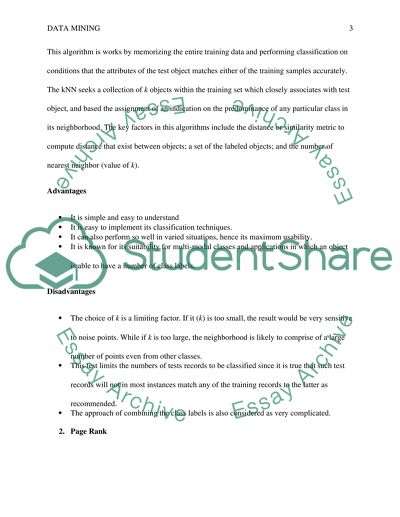Cite this document
(“Data mining Essay Example | Topics and Well Written Essays - 3000 words”, n.d.)
Retrieved from https://studentshare.org/information-technology/1403613-data-mining
Retrieved from https://studentshare.org/information-technology/1403613-data-mining
(Data Mining Essay Example | Topics and Well Written Essays - 3000 Words)
https://studentshare.org/information-technology/1403613-data-mining.
https://studentshare.org/information-technology/1403613-data-mining.
“Data Mining Essay Example | Topics and Well Written Essays - 3000 Words”, n.d. https://studentshare.org/information-technology/1403613-data-mining.


